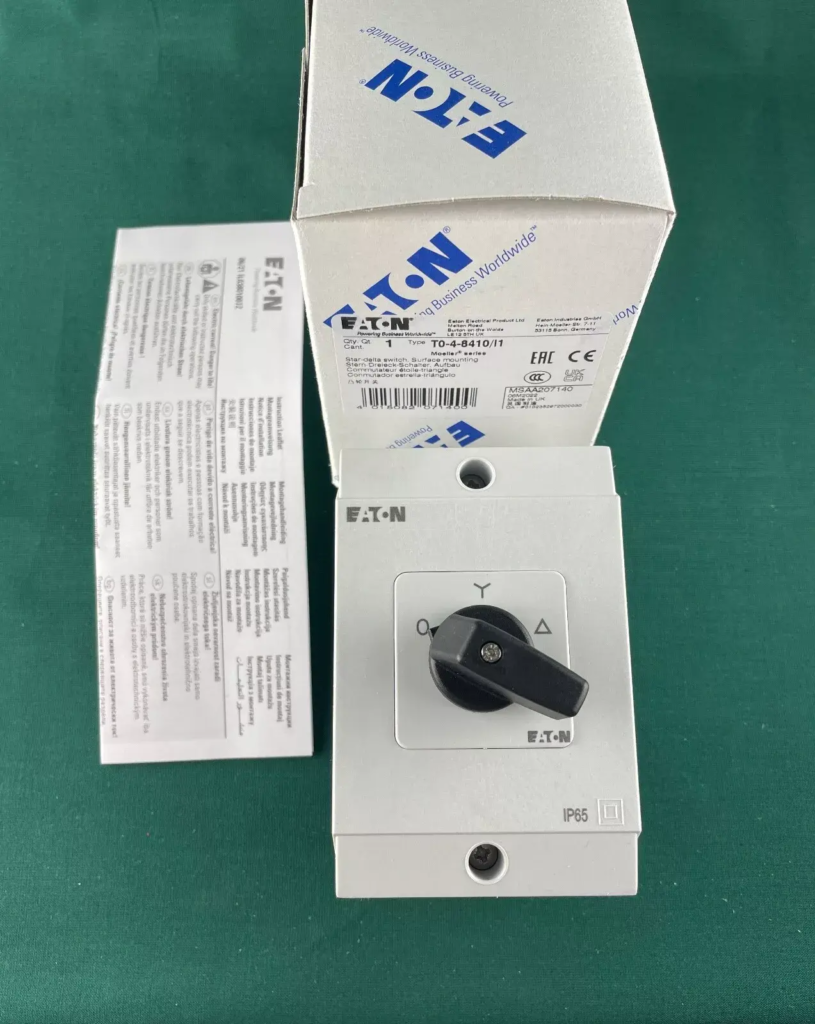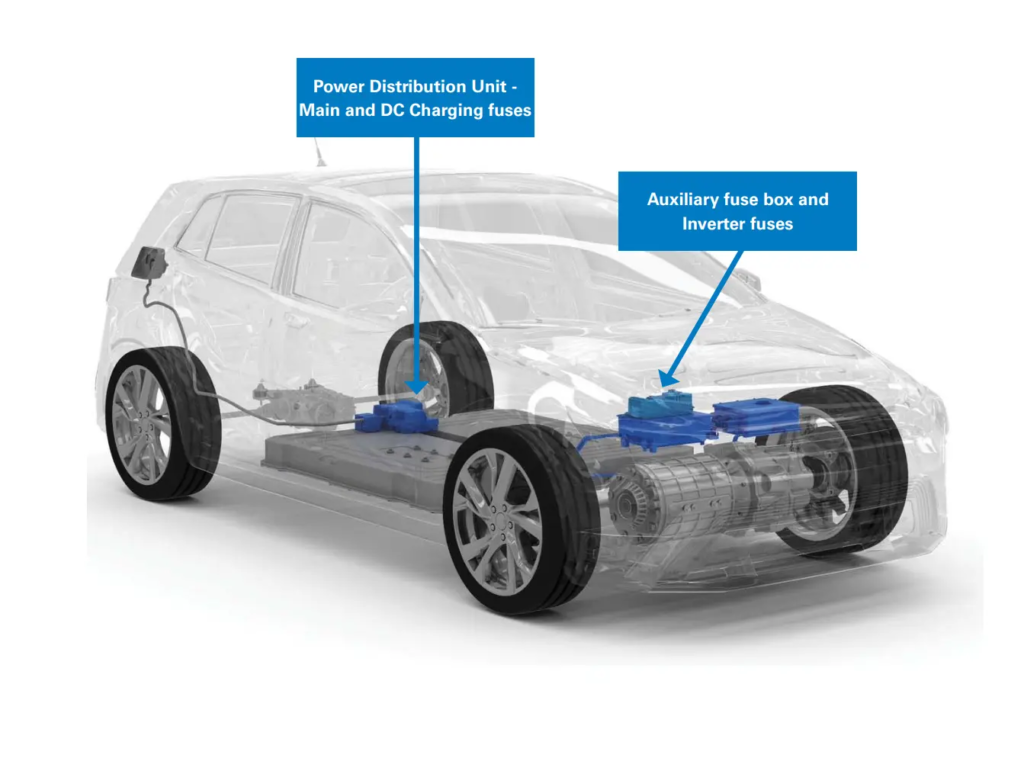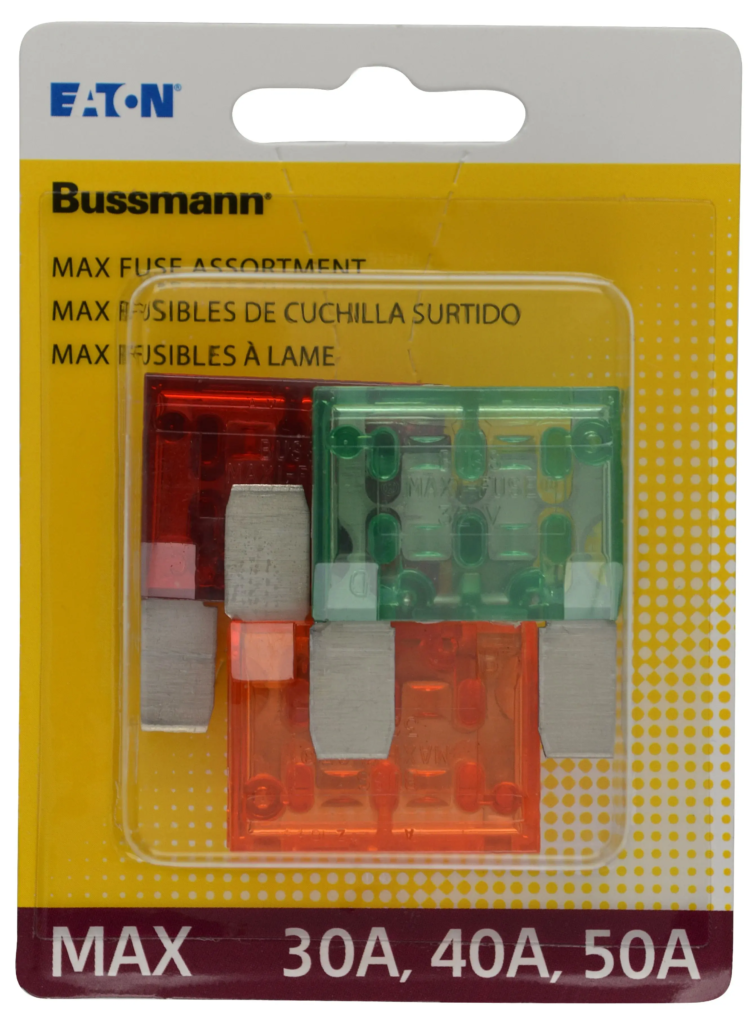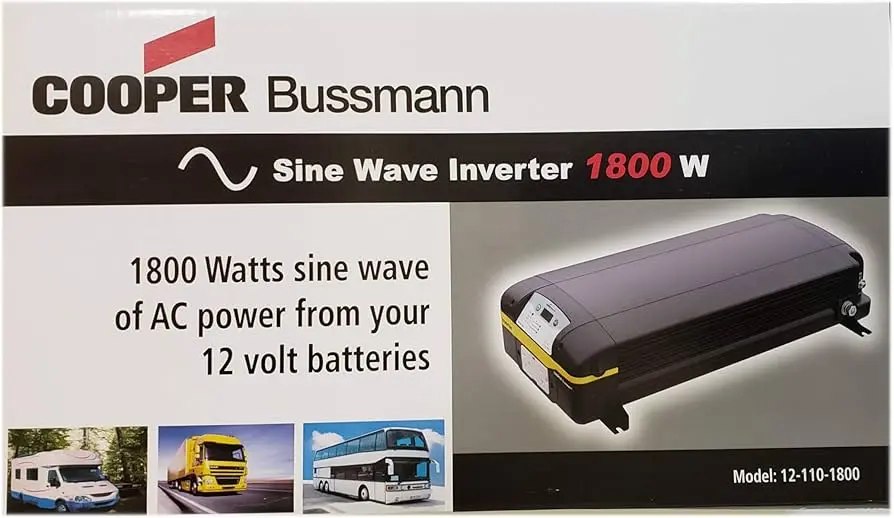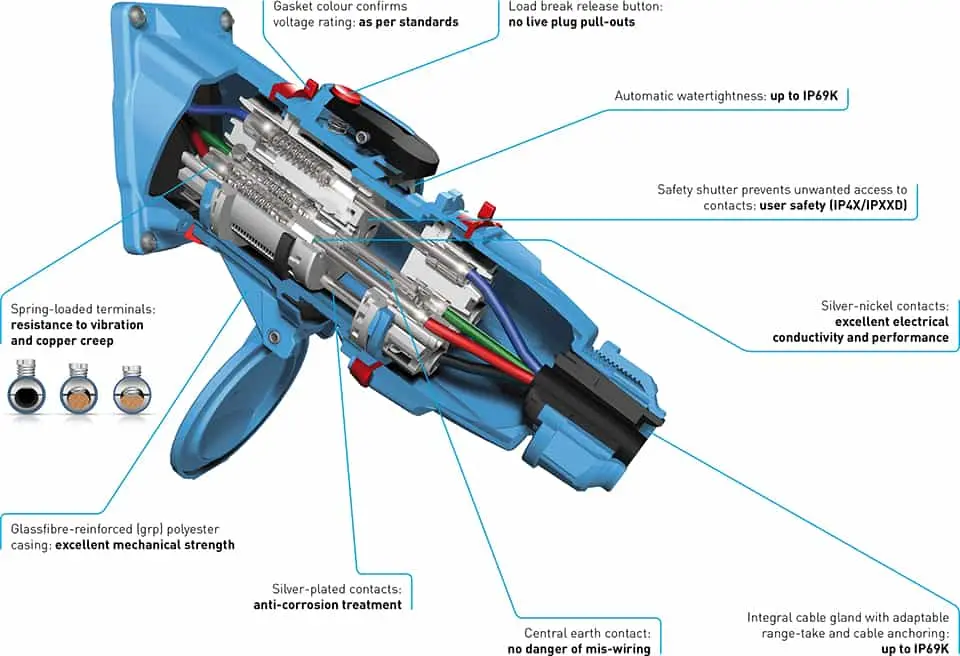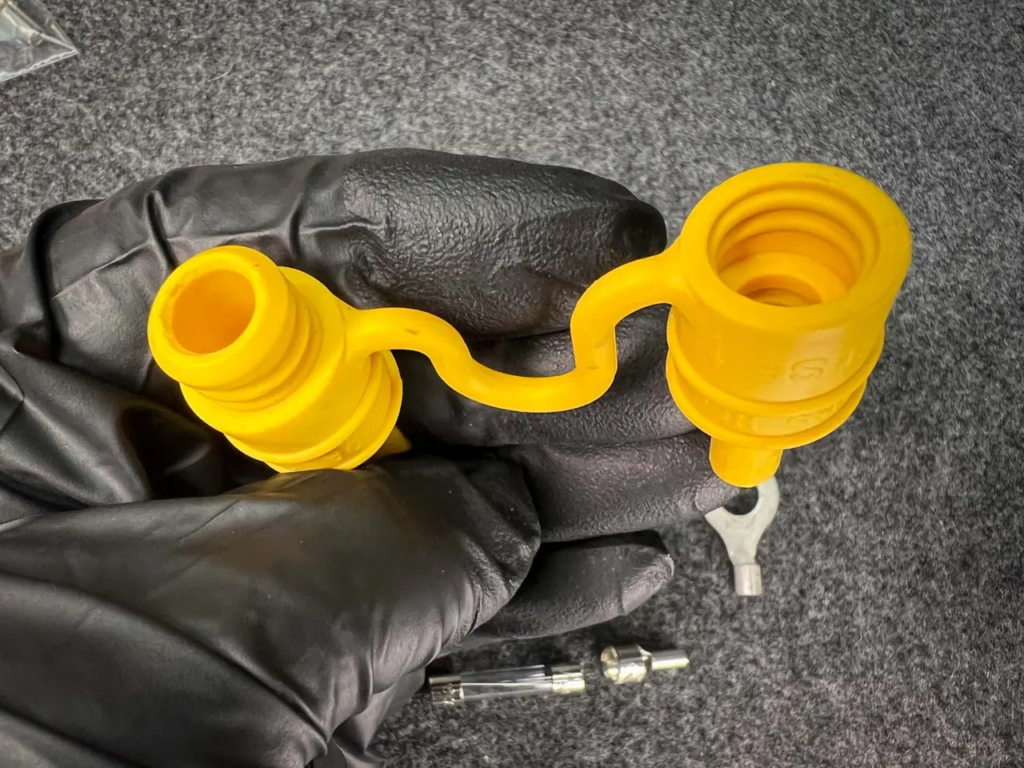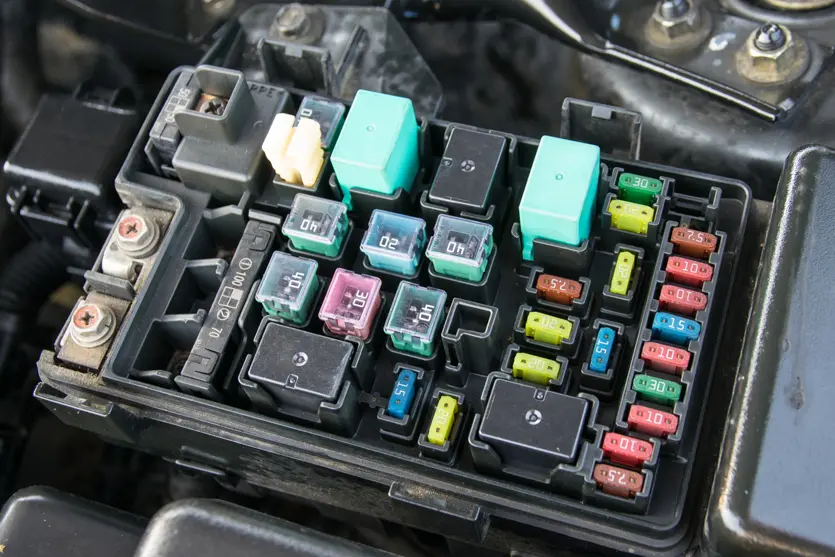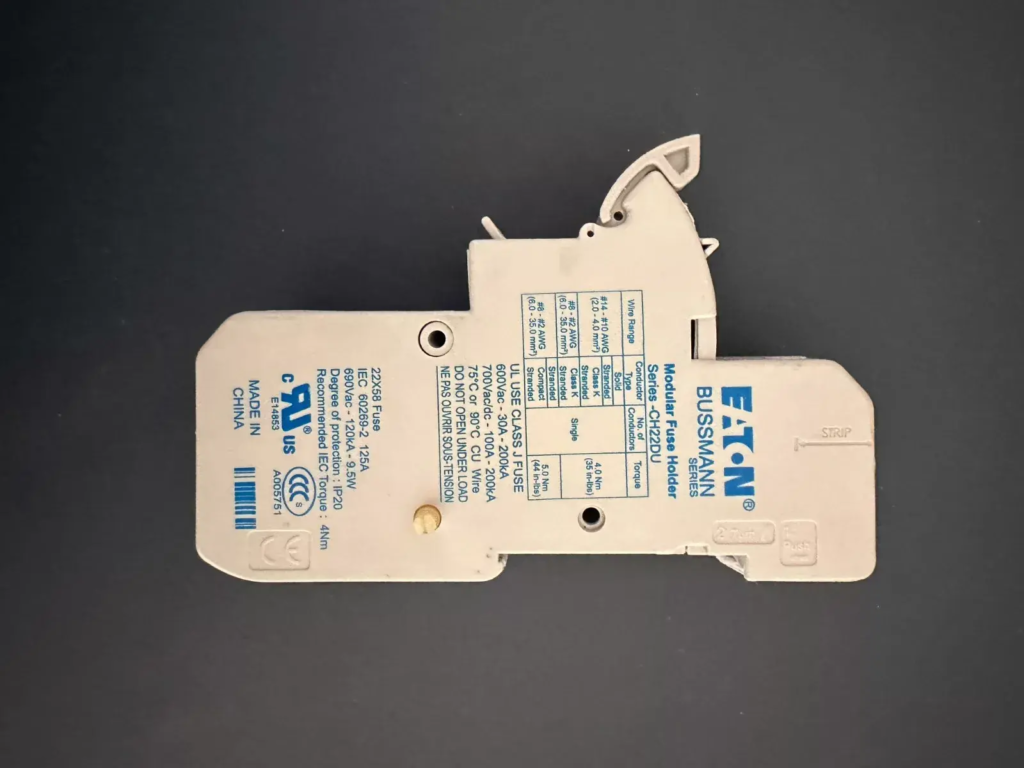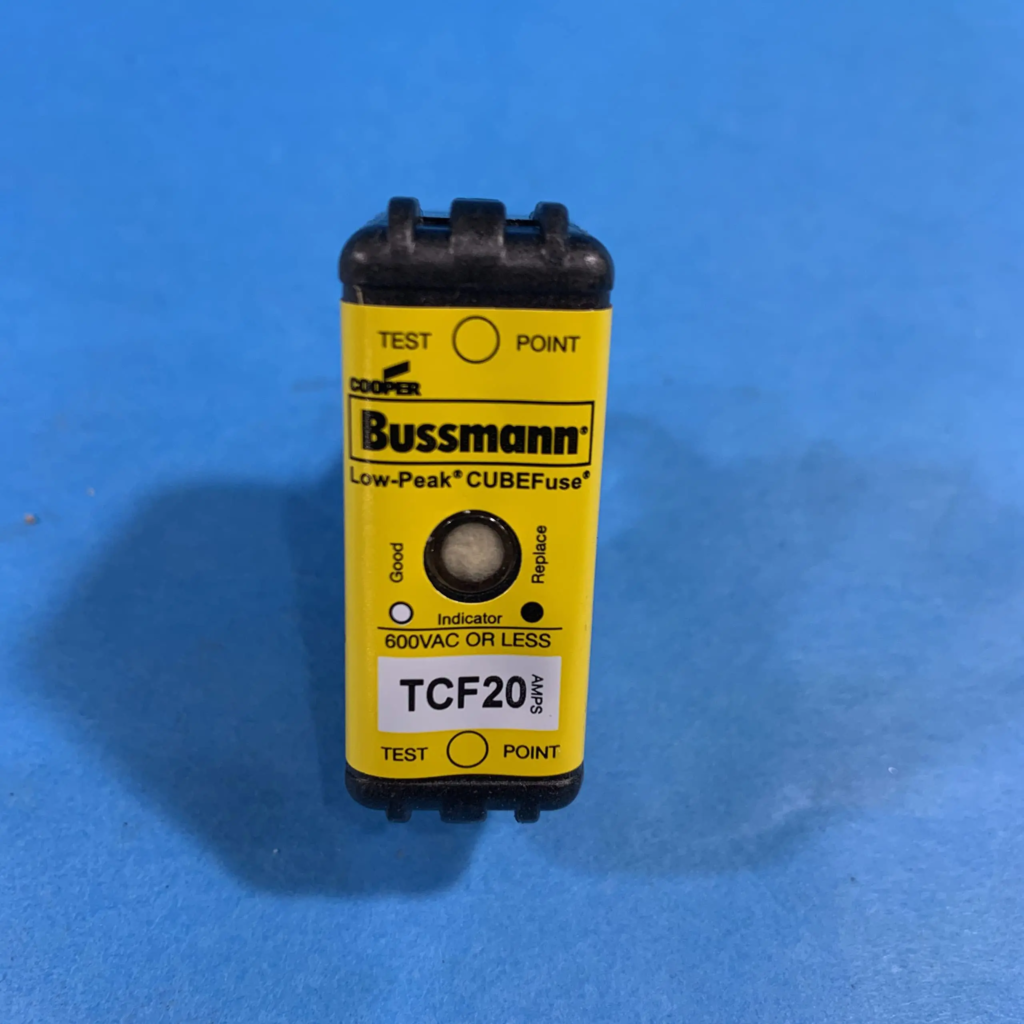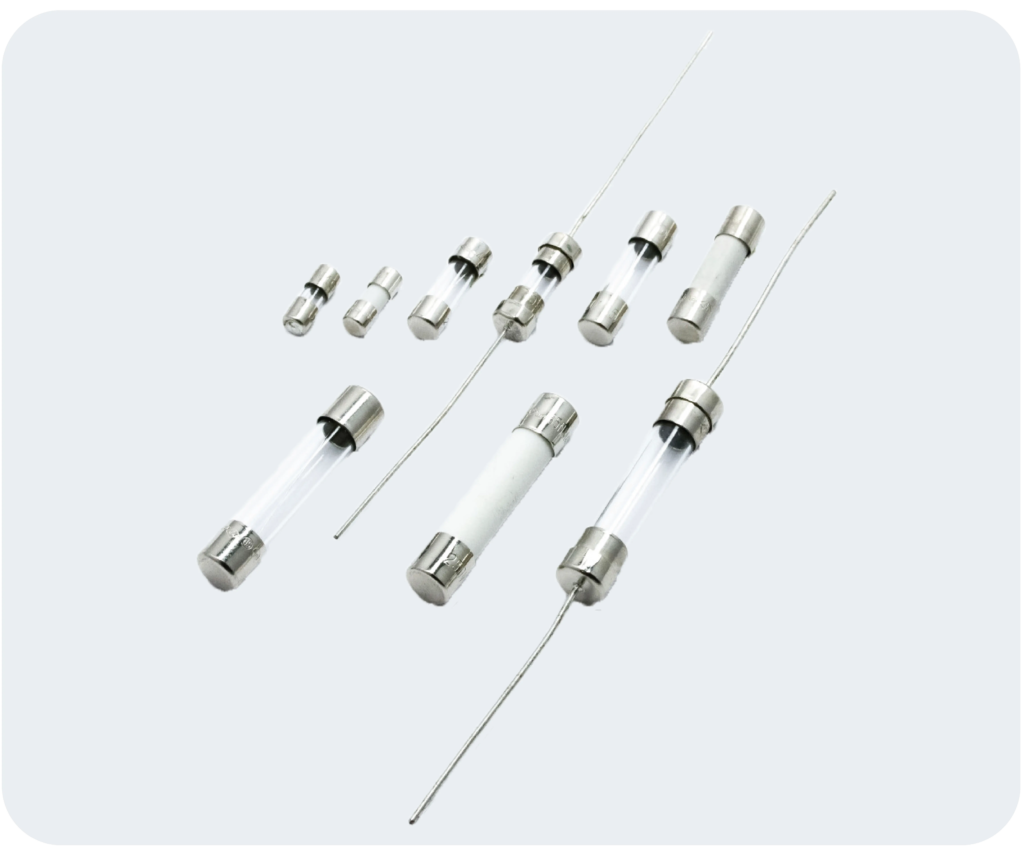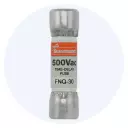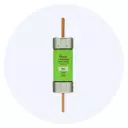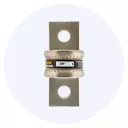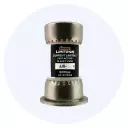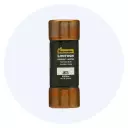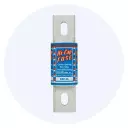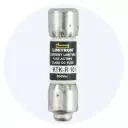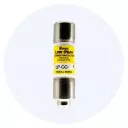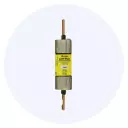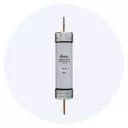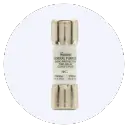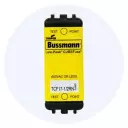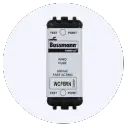Blog
Bussmann Fuse Selection Guide – Official Guide

The Complete Guide to Selecting Bussmann Fuse Selection Guide: A Professional’s Handbook
Introduction: Why Proper Fuse Selection Matters
In the world of electrical protection, choosing the right fuse isn’t just about matching numbers – it’s about ensuring safety, reliability, and optimal system performance. Bussmann, a leader in circuit protection solutions, offers an extensive range of fuses, but selecting the right one requires careful consideration of multiple factors.
Understanding Basic Fuse Parameters
Voltage Ratings
Before diving into specific fuse types, it’s crucial to understand that voltage ratings are non-negotiable parameters. A fuse rated for 250V should never be used in a 600V system, regardless of its current rating. Bussmann fuses typically display their voltage ratings prominently, with common ratings including:
- 250VAC
- 600VAC
- 125VDC
- 32VDC (automotive applications)
Current Ratings
Current ratings must be selected based on:
- Normal operating current
- Startup current requirements
- Ambient temperature conditions
- Circuit loading patterns
Types of Bussmann Fuses and Their Applications
1. Fast-Acting Glass Tube Fuses
Applications:
- Laboratory equipment
- Test instrumentation
- Consumer electronics
- Medical devices
Key Features:
- Quick response to overloads
- Clear visual indication of failure
- Available in ratings from 0.1A to 30A
- Maximum voltage rating of 250VAC
2. Low-Peak Current-Limiting Fuses
Applications:
- Industrial machinery
- Motor protection
- Distribution systems
- Power conversion equipment
Key Features:
- Reduced let-through energy
- High interrupting ratings
- Available in ratings up to 600A
- Voltage ratings up to 600VAC
3. Automotive Fuses
Applications:
- Vehicle electrical systems
- Mobile equipment
- Low-voltage DC systems
- Marine applications
Key Features:
- Blade-style design
- Color-coded for easy identification
- Ratings from 1A to 80A
- Maximum voltage of 32VDC
Selection Methodology: A Step-by-Step Approach
Step 1: Circuit Analysis
- Determine normal operating current
- Calculate maximum fault current
- Identify voltage requirements
- Consider environmental conditions
Step 2: Application Requirements
- Speed of response needed
- Ultra-fast acting
- Fast-acting
- Time-delay
- Space constraints
- Mounting requirements
- Visual indication needs
Step 3: Safety and Certification Requirements
- Check required certifications:
- UL Listed
- CSA Certified
- VDE Approved
- CE Marked
- Verify compliance with:
- National Electrical Code (NEC)
- International standards
- Industry-specific requirements
Environmental Considerations
Temperature Derating
Temperature significantly affects fuse performance. Consider:
- Ambient temperature range
- Ventilation conditions
- Proximity to heat sources
- Required derating factors
Environmental Protection
Some applications require additional protection against:
- Moisture
- Dust
- Vibration
- Corrosive atmospheres
Advanced Selection Considerations
Coordination and Selectivity
For systems with multiple fuses:
- Ensure proper coordination between fuses
- Verify selective operation under fault conditions
- Consider time-current characteristics
- Analyze backup protection requirements
Energy Efficiency
Modern fuse selection should consider:
- Energy losses during normal operation
- Impact on system efficiency
- Life-cycle costs
- Maintenance requirements
Best Practices for Installation and Maintenance
Installation Guidelines
- Use appropriate fuse holders
- Ensure proper terminal connections
- Maintain adequate ventilation
- Follow manufacturer’s torque specifications
Maintenance Recommendations
- Regular visual inspections
- Thermal scanning
- Resistance measurements
- Replacement scheduling
Common Selection Mistakes to Avoid
1. Oversizing Fuses
- Reduced protection effectiveness
- Increased let-through energy
- Potential equipment damage
2. Incorrect Type Selection
- Using fast-acting where time-delay is needed
- Mixing DC and AC rated fuses
- Improper interrupting rating
3. Ignoring Environmental Factors
- Temperature considerations
- Altitude derating
- Exposure to elements
Conclusion: Ensuring Long-Term Protection
Selecting the right Bussmann fuse is a critical decision that impacts system reliability, safety, and performance. By following this comprehensive guide and considering all relevant factors, you can make informed choices that provide optimal protection for your electrical systems.
Remember that fuse selection is not just about meeting minimum requirements – it’s about providing reliable, long-term protection that ensures both safety and system availability. When in doubt, always consult Bussmann’s technical support or a qualified electrical engineer.
Note: This guide serves as a general reference. Always consult current Bussmann catalogs, technical data sheets, and applicable codes and standards for specific application requirements.

